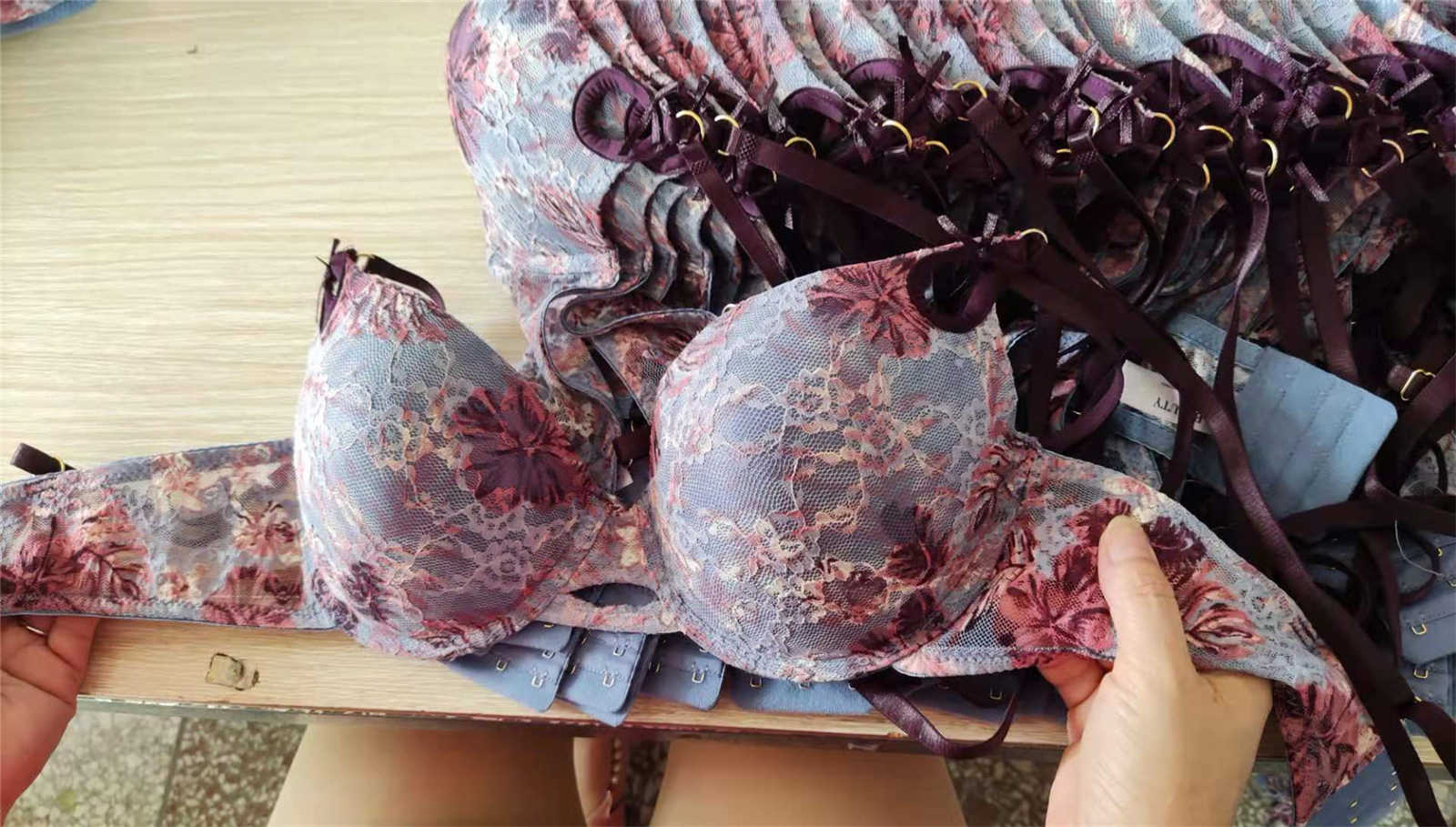Product Quality Inspection Standards
This standard is formulated in order to standardize the commodity quality inspection standards, clarify the inspection content and judgment basis, effectively control product quality, and improve customer satisfaction. All the products of Guangzhou Jinfangni Garments Co.,Ltd are randomly inspected by Guangzhou warehouse in a unified standard, and the corresponding batch of random inspection report is issued.
Scope of application: actual spot products in stores and fully customized products
Sampling and judgment criteria
1. According to the international sampling standard ANSI/ASQ Z1.4 and quality acceptance standard AQL 4.0 and the characteristics of the company's orders, the following sampling plan and evaluation criteria are formulated.
Serious Defects = Not allowed; Major Defects =AQL 4.0 (see table below); Minor Defects = The proportion of the same minor defects is less than 20% of the sample quantity.
Order Quantity | Sampling Quantity | Evaluation Criteria | ||||
Minor Defects | Major Defects | Serious Defects | ||||
Accept(Ac) | Do not Accept(Re) | Accept(Ac) | Do not Accept(Re) | Ac or Re | ||
1-29 | full check | 0 | 1 | 0 | 1 | 0 |
30-99 | 35 | 6 | 7 | 2 | 3 | |
100-199 | 40 | 7 | 8 | 3 | 4 | |
200-499 | 50 | 9 | 10 | 5 | 6 | |
500-1200 | 80 | 15 | 16 | 8 | 9 | |
1200-3000 | 120 | 23 | 24 | 11 | 12 | |
3000-10000 | 160 | 31 | 32 | 13 | 14 | |
2. Product inspection to the sales package (piece/set) as the minimum inspection unit; A unit product with serious or major defects found in the minimum inspection unit constitutes an defective product, which is classified according to its most severe degree of defects.
The decision rules are shown in the table below.
Rule | Instruction | |
One piece | The number of serious defects of a single piece =0, and the number of major defects =0. | Meet the above rules at the same time is qualified product. |
Order | 1. The number of serious defects of a single piece =0. 2. The number of defective products with major defects meets the acceptable range of sampling standards. 3. The number of products with the same minor defect is less than 20% of the number of samples | A qualified order is one that meets all three rules. |
3. Order processing rules
3.1 Spot and custom orders qualified: defective products containing major defects are returned for processing, and other products are received for warehousing; And make product inspection report. (See attached product inspection report)
3.2 Unqualified custom order: all products of the order shall be returned to the supplier for repair.
4. Definition of defects:
In combination with international laws and regulations, the company's quality level requirements, the impact of product quality problems on customer experience and other factors, clothing defects are divided into serious defects, major defects and minor defects, and quality problems found in product quality inspection are evaluated according to the following definition of defects.
4.1 Serious Defect
Defects that may cause harm or unsafe effects on the human body, or in violation of the mandatory requirements of laws and regulations, affect the company's image, product sales, or seriously affect the use of products and cause strong aversion to customers.
For example: ornaments with sharp edges and sharp points, small parts, insects, broken needles, scissors, machine needles, lighters, foreign bodies, natural state products obviously damaged, serious stains, etc. (Natural state appearance defects refer to the obvious visible appearance defects existing in the product itself without external tensile inspection).
4.2 Major Defect
A type of defect that causes the product to fail, affects the use of the product or significantly affects the sale of the product, and is easily detected by the consumer.
For example: defects of functional accessories, poor sewing, poor ironing, less order of missing work, holes under tension inspection, blasting, not obvious stains, etc. Such defects are usually obvious in the main parts of the product or are easy to find.
4.3 Minor Defect
Defects that appear in minor parts or are not easy to be found, and do not affect the function of the product, but exceed the quality standard requirements, may affect sales. For example: uncleaned floating lines, smudges that can be removed by tapping, lines larger than 2cm, etc.

